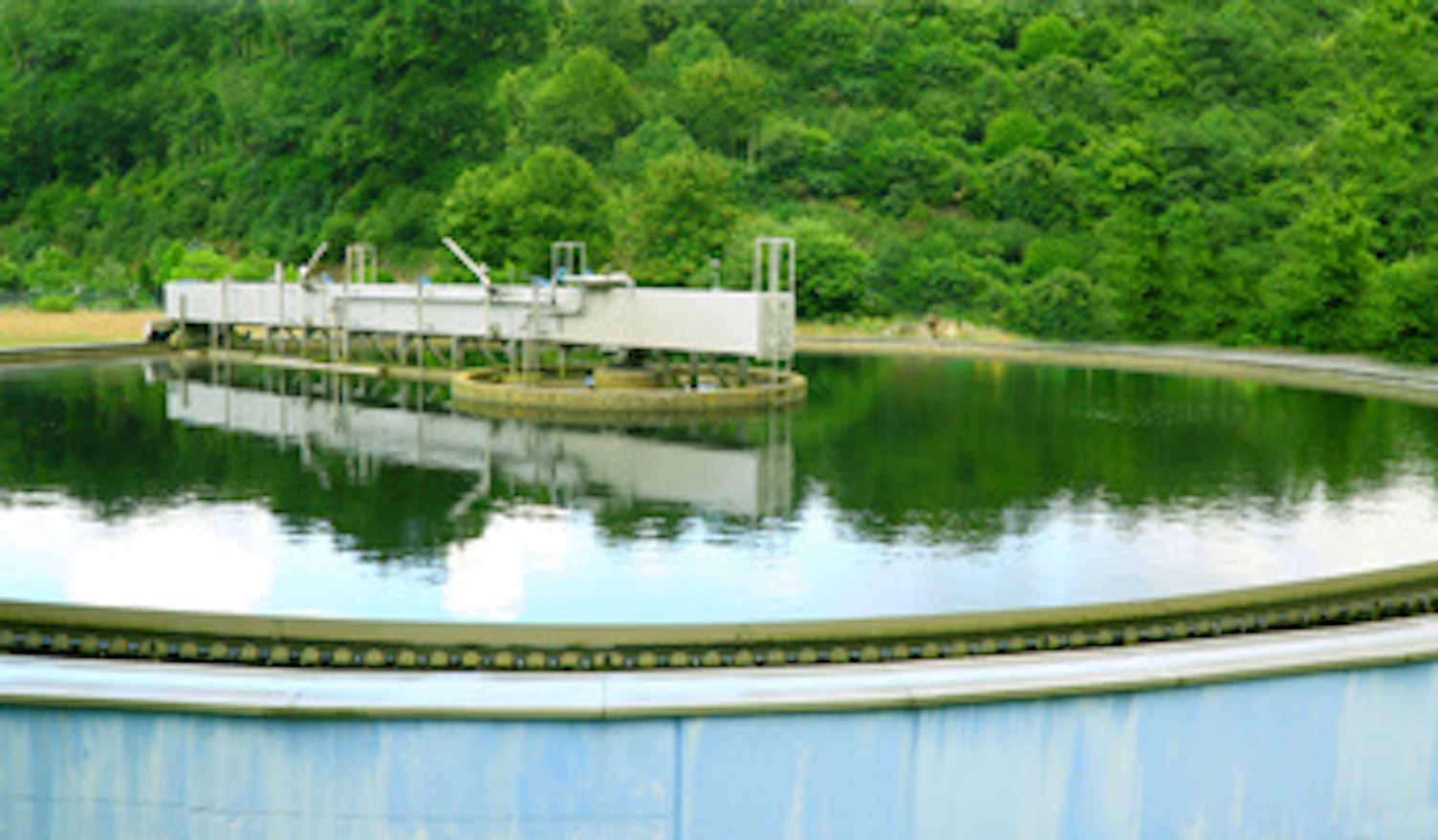
As part of an effective test and trace strategy, the analysis of wastewater is proving a valuable tool in the fight against the spread of the coronavirus. The COVID-19 pandemic occurs in waves with higher and lower infection rates but also through silent localised COVID-19 clusters associated with low reported infections. With this new understanding of the disease, it is apparent that monitoring these SARS-CoV-2 infections with few or even no symptoms is critical to prevent new spreading and otherwise unpredictable re-occurrences.
Coronavirus wastewater testing is a solution for this challenge: excretion of the virus can be detected shortly after infection, even with only asymptomatic COVID-19 cases in the community, making testing wastewater one of the best early warning systems when infection rates are still apparently low.
Scientific reports estimate that wastewater monitoring can provide warning as early as seven days ahead the diagnostic tests; the delay can be explained by infected people only seeking medical treatment and getting tested once they have developed recognised symptoms.
The time advantage is even greater when medical diagnostic tests are delayed for capacity reasons. Previous studies on viral diseases (e.g., polio) has shown that sewage monitoring for traces of a pathogen enables effective surveillance of entire communities.
Testing wastewater is a cost-effective way to survey transmission dynamics of entire communities and it provides a sensitive signal of whether SARS-CoV-2 is present in the population and whether transmission is increasing or declining.
USE AND BENEFITS
SEWAGE TREATMENT PLANTS:
- Monitoring for presence of infections within a community
- Tracking trends in infection within a community
TARGETED SITE APPROACH:
- Screening for infection at a targeted site like buildings or facilities (e.g., old peoples‘ and nursing homes, student residences)
- Screening on long-distance travel (e.g., cruise / passenger ships, passenger aircraft)
As soon as vaccines become available, the monitoring of wastewater will become even more important since it will allow pinpointing areas with elevated levels in wastewater, locally accelerating the use of vaccines before transmission in communities reaches exponential growth.
SAMPLING, STORAGE AND ANALYSIS
Samples should be taken from primary treated wastewater as it flows into the secondary treatment within the wastewater treatment plant. Composite samples are collected by pooling multiple grab samples at a specified frequency over a set time period – typically 24 hours for wastewater surveillance. Standard safety practices are sufficient to protect wastewater samplers from SARS-CoV-2 during the sampling process.
A representative composite wastewater sample of 500 – 1000 ml is adequate for testing. A minimum of 100 ml will be used in the follow up analytical process.
Samples should be stored at 4 °C and should be refrigerated during the collection process. Samples should be shipped the same-day or overnight because the value of the results rely on fast processing.
For further information please contact:
ABOUT SGS
SGS is the world’s leading inspection, verification, testing and certification company. SGS is recognized as the global benchmark for quality and integrity. With more than 89,000 employees, SGS operates a network of over 2,600 offices and laboratories around the world.